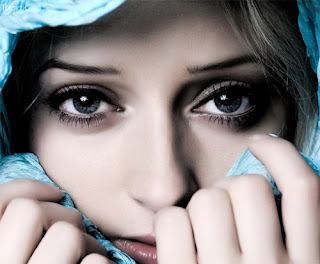Camera angles set up an image to give emotional information to the audience in order to help them better judge the character or object in an image. An angle from above gives viewers a god-like view allowing them to feel more comfortable with the characters or objects on screen while an angle from below can give the object or character a dominating feel which signifies they are more serious and scary to the audience.Well-chosen camera angles can deliver information, create impact, facilitate editing, and enhance an actorsperformance. The camera angle refers to the relationship between the camera and the subject of the video. Film directors and photographers use different camera angles to affect how viewers will perceive the subject.
Whether the camera is placed at a low angle, high angle, or eye level will also have a powerful effect on your viewer. A low angle shot gives the viewer the feeling that the subject is important and powerful. The low angle makes them look large and ominous, maybe even a little bit scary. A high angle does the opposite, making the subject look tiny or overwhelmed. Like a puny bug beneath your feet, your subject will seem insignificant if shot from a high camera angle. Most video, especially interviews, should be shot at eye level, which gives a neutral feel.The five basic types of camera angles include: low, high, bird's eye, eye level and oblique.
Low Angle Shot: is achieved when the camera is positioned lower than the action taking place, with the lens aimed up toward the subject. This angle gives the subject the illusion of being larger than life. Directors typically use this shot to symbolize power, strength, and authority. Because the audience is looking up at the subject, low angle shots can invoke feelings of inferiority, fear, and vulnerability in viewers.
***********************************************************
High Angle Shot: is achieved when the camera is positioned higher than the action taking place, with the lens aimed down toward the subject. This angle gives the subject the illusion of being small and insignificant. Directors typically use this shot to draw attention to the importance of the environment or setting for the scene. Because the audience is looking down at the subject, high angle shots can invoke feelings of empathy, authority, and control in viewers.***********************************************************
Bird's Eye View: is achieved when the camera is placed directly above the action taking place, with the lens aimed down towards the subject and the ground. This angle puts the audience in a god-like position, looking down upon the subject. Directors typically use this shot to establish settings or to show the audience a bigger picture of the action. Because the audience is above the subject, bird's-eye view shots can invoke feelings of control, possessiveness, and patience in viewers.
***********************************************************
Eye Level Angle: is achieved when the camera is placed at the same height as the subject. This angle allows the audience to experience the scene as if they were there. Directors typically use this shot to move story lines and to establish a common ground between characters. Because the audience is looking directly at the subject, eye level shots can invoke feelings of commonality, understanding, and acceptance in viewers.
Oblique Angle Shot: is achieved when the camera is tilted on its axis, with the lens aimed at the subject. This angle gives the subject the illusion of being confused or anxious. Directors typically use this shot to suggest a sense of crookedness and chaos. Because the image's horizon is distorted, oblique angle shots can invoke feelings of fear, disorientation, and playfulness in viewers.




